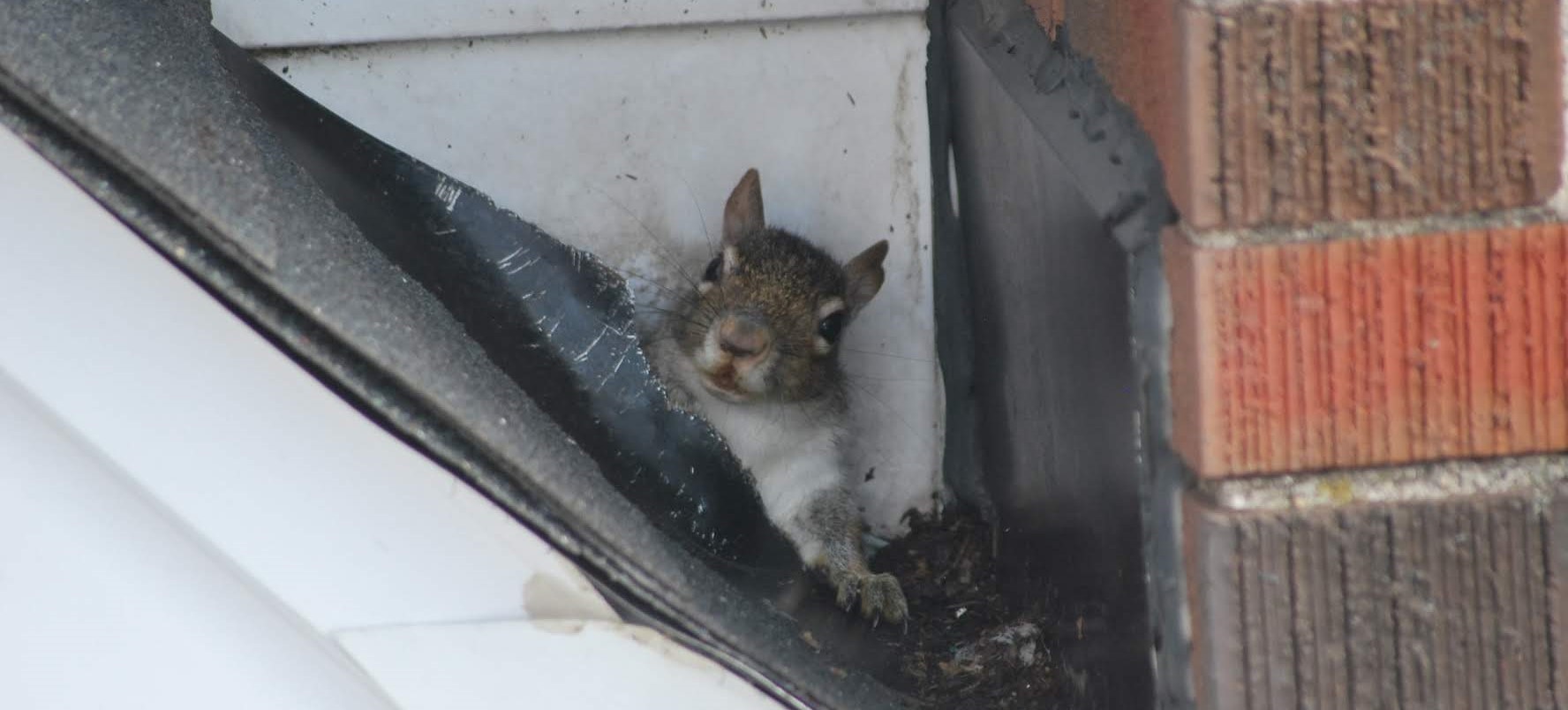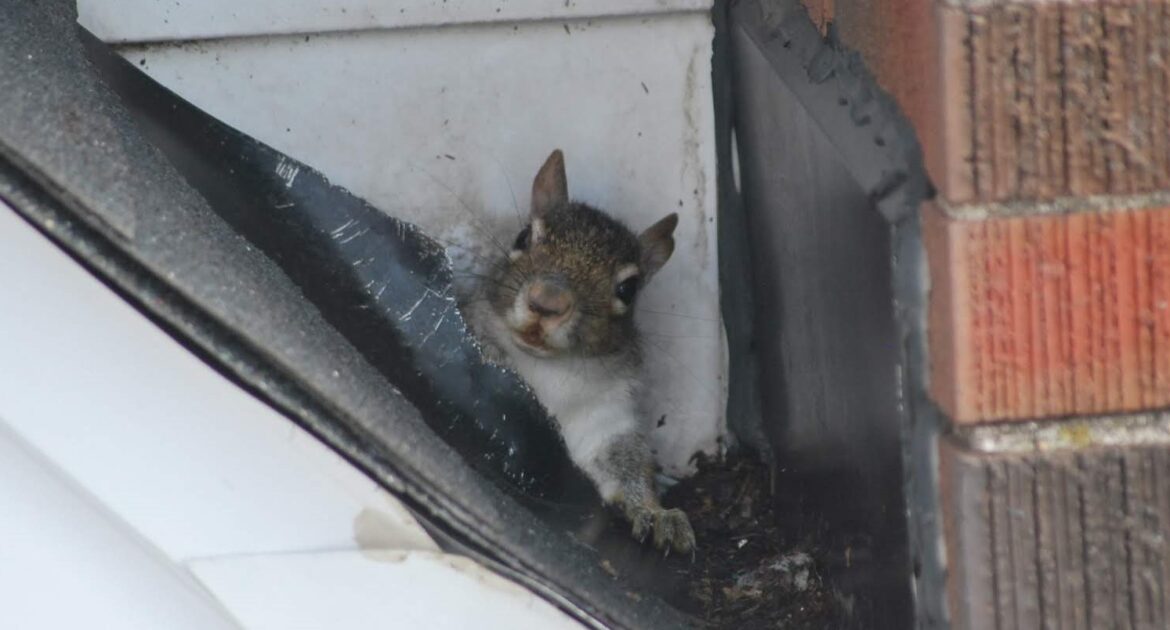Homeowners in Victoria often marvel at the sheer persistence of squirrels darting across backyards, stuffing their cheeks with food in preparation for winter. Naturally, this leads to curiosity about why do squirrels bury nuts? Their nut-burying behaviour, known as “caching,” is more than just a quirky trait. This action is a carefully developed survival strategy designed to ensure they have enough food to make it through the colder months.
At Skedaddle Wildlife Control in Victoria, we’ve observed countless examples of squirrel food storage habits, making it clear that these small creatures rely on their instincts and intelligence to thrive in urban and natural environments.
But nut-caching is a complex behaviour that involves memory, planning, and adaptability. We’re here to answer every question you may have about this fascinating habit and its connection to your home space.
Why Do Squirrels Bury Nuts?
Squirrels bury nuts out of necessity. During the fall, as food sources become scarce, they rely on their cached nuts to sustain them through the long winter when plants and trees no longer produce fruits and seeds. This behaviour exhibits a remarkable level of strategic thinking, as squirrels must remember where they’ve buried their food to retrieve it later.
Here’s why caching is essential to their survival:
- Seasonal Survival: Due to the absence of fresh food during the winter, squirrels use caching to create a reliable food supply. This helps them maintain their energy and stay active, unlike hibernating animals.
- Different Storage Types: Squirrels practice two distinct caching methods. Scatter caching involves spreading nuts among various sites, while larder caching stores food in a singular, centralized location. The method they use can depend on species and environment.
- Nutritional Security: Nuts and seeds are calorie-dense, which makes them ideal for winter sustenance. Storing them ensures a ready supply of high-energy food for survival.
What’s truly fascinating is how squirrels remember their storage locations. Research suggests that they use spatial memory, landmark recognition, and even “chunking” strategies to keep track of their scattered caches. This involves grouping similar nuts in the same area to make their retrieval process easier.
Squirrel Nut-Burying Behaviour
From backyards to local parks in Victoria, you’ve likely seen squirrels digging furiously into the ground. This behaviour involves more than simply burying food for later. It demonstrates impressive cognitive abilities that help them outwit competitors and ensure their survival.
Here’s how squirrel nut-burying behaviour works step by step:
- Harvesting: Autumn marks a busy season for squirrels, as they actively seek out high-calorie nuts like acorns, hazelnuts, or walnuts. They scout trees and bushes for their ideal finds.
- Selection: Squirrels tend to select the largest and most nutritious nuts, prioritizing quality over quantity. Their choices are influenced by the size, calorie content, and ease of storage.
- Preparation: Before burying nuts, squirrels often inspect and clean them. This is to remove debris and ensure the nuts are in optimal condition for long-term storage.
- Digging: Squirrels dig shallow holes, often in soft soil, to stash their food. The soil type and proximity to landmarks like trees or fences help them remember their cache locations.
- Deceptive Tactics: Some squirrels are known to fake burying nuts to confuse competitors. This involves digging and covering a hole without actually leaving anything behind.
- Regular Revision: After burying, squirrels may revisit and rearrange their caches to ensure security or account for environmental changes.
It’s remarkable to think about the intelligence required to maintain such an exhaustive storage system. But their hard work pays off, as those caches often sustain them through the toughest months of the year.
Squirrel Food Storage Habits
Victoria’s mild winters allow squirrels to remain active year-round. However, they still rely heavily on their food caches for survival. This leads them to exhibit some truly fascinating food storage habits.
Habits Worth Noticing:
- Spatial Organization: Squirrels are strategic about their caches, often grouping different types of nuts in distinct areas. For example, peanuts may be stored near a specific tree, while walnuts are stored elsewhere.
- Memory and Landmarks: They use nearby landmarks like rocks, trees, or even garden furniture to remember their cache sites. Each landmark acts as a mental bookmark for their stored food.
- Selective Retrieval: Squirrels are discerning when it comes to retrieving food. They often prioritize fresh nuts and leave spoiled ones behind.
Interestingly, not all buried nuts are retrieved. Some inadvertently contribute to tree and plant growth, benefiting the ecosystem over time.
While squirrels are incredibly methodical, it’s not uncommon for them to turn to alternative sources when their supply falls short. This is why they may damage homes to access bird seed, pet food, or even find shelter in attics.
Protect Your Home from Squirrel Food Stashes
For homeowners in Victoria, squirrel food storage habits can become a challenge when these animals target gardens or homes. While watching a squirrel bury nuts might seem charming, their caching instincts can sometimes cause structural damage.
To protect your home:
- Keep Gardens Tidy: Regularly rake leaves and clean up food waste to reduce potential food storage sites.
- Secure Outdoor Spaces: Use closed bins for bird seed and pet food, as these act as attractive targets.
- Trim Trees and Shrubs: Limiting access to overhanging branches can discourage squirrels from getting too comfortable near your home.
- Inspect Your Home’s Exterior: Look for gaps or weakened materials that squirrels could use to stash food or enter your attic.
It’s also worth noting that Skedaddle’s humane approach to wildlife control means we can help protect your property without causing harm to the animals.
When to Call for Professional Squirrel Removal
Knowing when to call for professional squirrel removal is crucial in protecting your property and maintaining a safe, healthy environment. While squirrels can seem harmless, their activity can lead to significant damage if left unchecked. Signs it may be time to involve experts include persistent scratching or scampering sounds in your attic, walls, or ceiling, which often indicate nesting. Additionally, you may notice chewed wires, insulation damage, or small openings in your home’s exterior where squirrels have gained access.
- Contact professionals if you find droppings around your property, as they may carry harmful bacteria and pose health risks.
- Avoid handling a squirrel infestation on your own to prevent incomplete solutions or harm to the animals.
- DIY efforts can also pose safety hazards for you.
By reaching out to a trusted wildlife removal service, such as Skedaddle, you can ensure a humane and comprehensive resolution. Professionals have the experience and tools to address the issue effectively while sealing entry points to prevent future intrusions. Don’t wait until the damage worsens—early intervention is key to safeguarding your home and maintaining peace of mind.
Understanding Squirrels in Victoria
Whether you’re strolling through Beacon Hill Park or walking in your backyard, it’s impossible not to admire squirrels and their busy preparations for winter. While their cached items may seem random, their planning and resourcefulness are a testament to their intelligence.
Remember, if squirrels become overly comfortable in or around your home, it’s time to call in professionals to safeguard your property. Skedaddle specializes in humane solutions that benefit both homeowners and wildlife. Contact us today for expert assistance and proactive strategies to avoid further damage.




